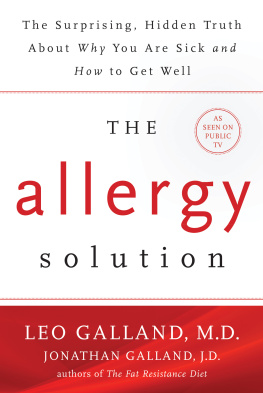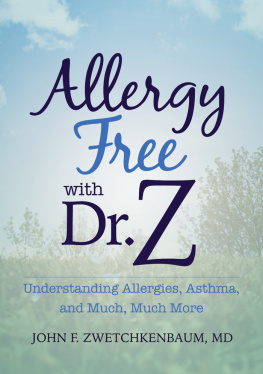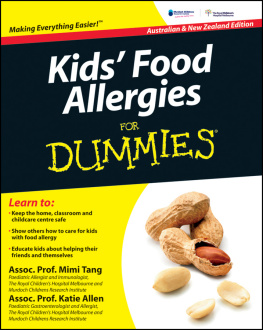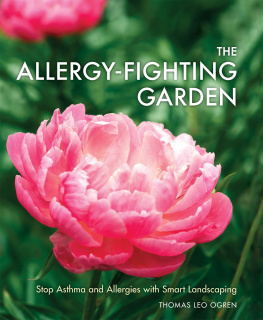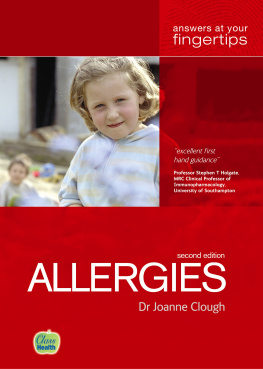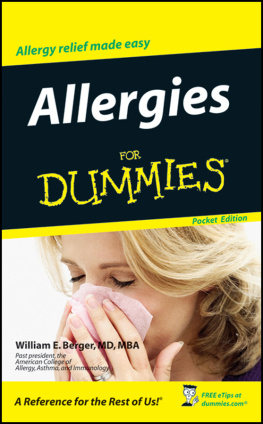Hay House Publishers (India) Pvt. Ltd.
Muskaan Complex, Plot No.3, B-2 Vasant Kunj, New Delhi-110 070, India
Hay House Inc., PO Box 5100, Carlsbad, CA 92018-5100, USA
Hay House UK, Ltd., Astley House, 33 Notting Hill Gate, London W11 3JQ, UK
Hay House Australia Pty Ltd., 18/36 Ralph St., Alexandria NSW 2015, Australia
Raincoast, 9050 Shaughnessy St., Vancouver, BC V6P 6E5, Canada
Email:
www.hayhouse.co.in
Copyright Dr Arif Ahmed 2020
The views and opinions expressed in this book are the authors own and the facts are as reported by him. They have been verified to the extent possible, and the publishers are not in any way liable for the same.
All rights reserved. No part of this publication may be reproduced, by any mechanical, photographic, or electronic process, or in the form of a phonographic recording, nor may it be stored in a retrieval system, transmitted, or otherwise be copied for public or private use other than for fair use as brief quotations embodied in articles and reviews without prior written permission of the publisher.
ISBN 978-93-88302-36-4
ISBN 978-93-91067-58-8 (eBook)
Dedication
The book is dedicated to my parents who inspired and guided me to serve my country and community.
Lots of people continue to live with allergies. Although a few are a full bottle and know a lot about their allergy, many have little knowledge of what it is all about. Others are misinformed about their disease in this rapidly changing area of medicine. Dr Arif Ahmeds book, Winning Over Allergies: Myths and Facts, helps to address this gap in the understanding about allergies by many non-specialists, patients, and their families. It is written keeping in mind his compatriots, both patients and other doctors, living in his native country, India, and as such is even more valuable, particularly to the local Southern Asian audience.
The book covers the main topics in allergy from eczema, asthma, and hay fever, to food and drug allergy and anaphylaxis which are life-threatening allergies. It also discusses the importance of community education, counselling, and environmental control of allergies, as well as allergy tests, medicines, and even traditional Indian practices. Chapters do vary in their complexity, but there are case histories, entertaining anecdotes, and metaphors as well as Frequently Asked Questions sections, which are great for a reader who wants to test the water before getting immersed in the subject completely. And for those that do indulge, this book should provide a springboard for further learning using the biography and suggested further reading.
Francis Bacon, the father of scientific method, is typically accredited as saying Knowledge is Power. For a country with over a billion people, what can a solitary doctor do more effectively, than to live up to his name, as Dr Ahmed has done with this book and teach (Latin docere) to as many people who are willing to listen, read, and explore the common and fascinating area of allergies.
Dr Peter Arkwright,
Senior Lecturer in Paediatric Allergy and Immunology,
Lydia Becker Institute of Immunology and
Inflammation, University of Manchester,
Royal Manchester Childrens Hospital, Manchester,
United Kingdom
The book, Winning Over Allergies: Myths and Facts, is my attempt to share with readers the information acquired on the subject through the years from training (India and abroad), participating in educational conferences, familiarity with current scientific literature, and most importantly, from direct patient care.
Treating patients has been a great learning experience. I have seen their suffering, and their keenness to learn about the disease. One of the major reasons for their suffering is a lack of awareness on the subject
My interaction with primary physicians while touring the country delivering lectures (more than 200) on allergy indicated the same lack of information among them and the desire for knowledge. This lack of awareness may be due to inadequate attention to the subject of allergy in the undergraduate syllabus.
My extensive experience clearly indicated that allergies were rampant and there was a need for a handbook on the above subject for both the patients and primary physicians. Every individual, at some time or the other, is affected by some kind of allergy. And on such occasions, many do not know that it is an allergy and consider it to be a serious disease. What people fail to recognise is that what they think as a serious illness may only be an allergy.
Hence, I decided to write a book to fill the void in patient education as well as to fill in the gaps for busy healthcare personnel and practitioners who wish to become more knowledgeable and proficient in allergy immunology.
I have attempted to write as simply as possible with the objective that anyone from a tenth grader to a PhD professor can read and enjoy the book without having to Google the medical jargon that comes with books on similar subjects. One of the purposes of the book is to make the book accessible to the layman also and thereby create larger awareness. It is not intended to be a textbook for an examination or for reference.
The book has the following features: case studies, coverage of the different types of allergies followed by common FAQs. While the case studies take you through live situations to give you a better insight, care has been made to protect the identities of people involved.
While covering different types of allergies, more emphasis is given to more common conditions like allergic rhinitis, asthma, food allergy, and urticaria. However, different aspects of treatment have not been enlisted. If anyone is interested in them, they can refer to the international guideline charts at the end of the book.
The treatment gives more importance to the practical aspects of management. These are the points which are not mentioned in any standard medical books and very few physicians have the time to explain.
Also, throughout the book, there may be a repetition of some sentences, but these are deliberate to emphasise their importance. In the end, there is a glossary of words of medical importance that need an explanation.
On complete reading of the book, the individual will get a more holistic and clearer understanding of allergies and its causes. The book will also teach patients to ask lots of questions to doctors till they understand what the diagnosis is.
The chapter on community work describes the work our charitable organisation, SOWED (specialists on wheels for the economically deprived) has been doing in teaching the deprived sections of the community the basics of patient care in their neighbourhoods without requiring them to travel. I have highlighted the simple modules used in SOWED so as to create an opportunity on an individual basis to teach basic healthcare based on accurate, scientific evidence. It would be wonderful if similar modules were practised in the country so that a healthcare awareness movement takes place.
If you are reading this book, you could be a person suffering or that has a near and dear one suffering from some form of allergy. You could also be from the medical field and thus the interest. Lastly, you are an enlightened person seeking knowledge. Whoever you are, I suggest just read the book cover to cover because it requires no prior medical or scientific knowledge. There are some medical words which just prop up once in a while. If you want to understand these terms, please refer to the glossary. If you need to have more data and scientific knowledge, refer to the guidelines at the end. If you need further reading, refer to the references at the end of the book. If there is a need to understand through colour images and videos, then you can access the Images section on my website: www.allermy.com.



